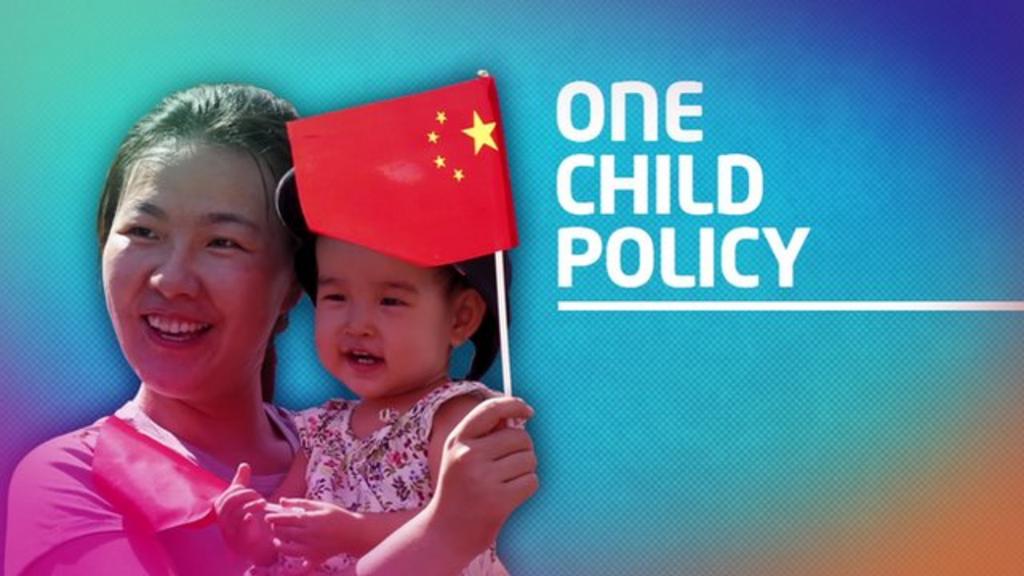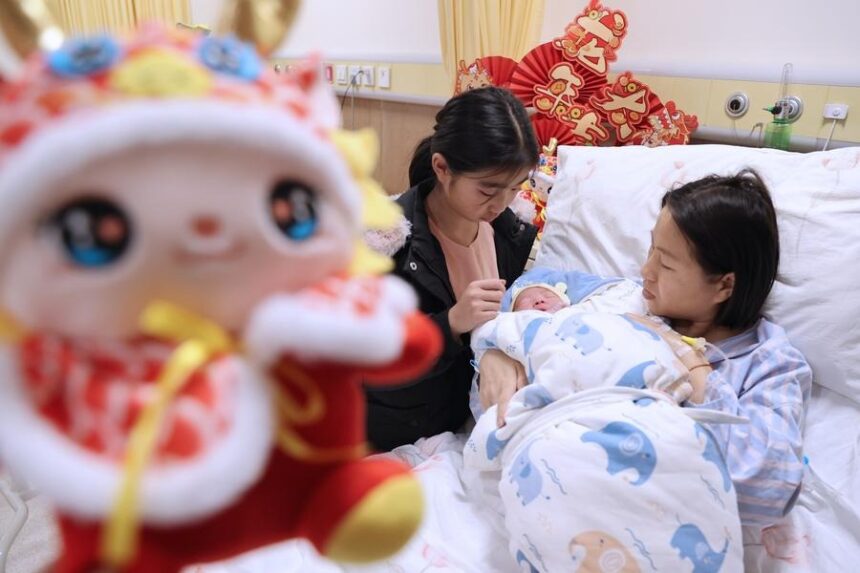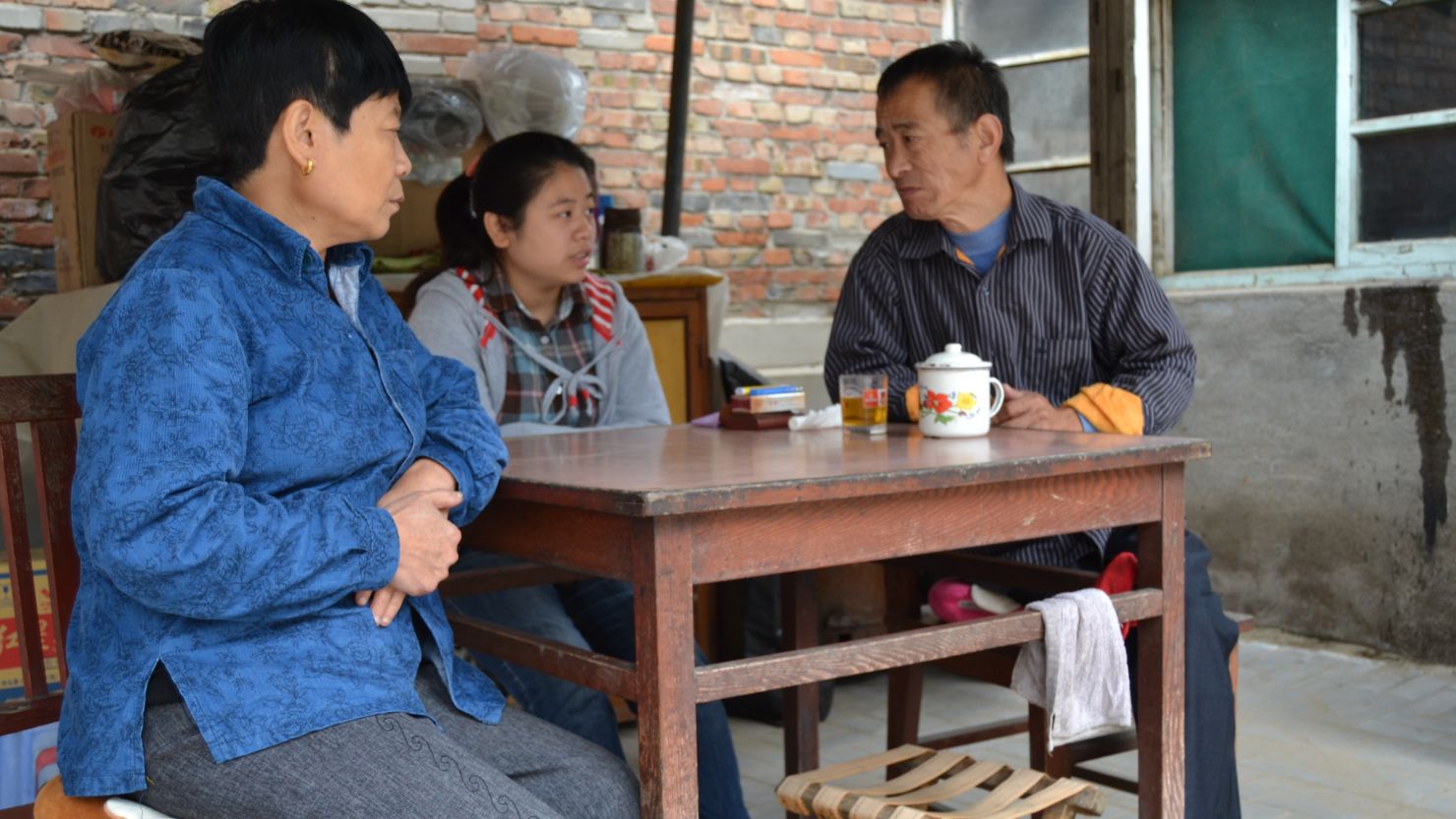BEIJING – To tackle a steady drop in its birth rate, China has rolled out a new cash subsidy aimed at encouraging families to have more children. Starting January 1, 2025, families will receive 3,600 yuan (about $500) for each child under three each year.
This marks a sharp change from China’s long-running one-child rule, signalling how urgent the situation has become. With only 9.02 million births in 2023, China’s population is shrinking for the first time in decades.
Alongside more elderly citizens and a noticeable gender gap among young people, young adults are embracing trends like “lying flat”, showing little interest in traditional family life. All these changes put heavy pressure on the country’s society and economic future.

Lasting Impact of the One-Child Policy
Originally launched in 1979 and formally scrapped in 2015, the one-child policy aimed to slow population growth during a time of limited resources. Through a mix of rewards, heavy fines, and sometimes forced medical procedures, officials estimated that around 400 million births were prevented. While the policy kept the population in check, it sparked several lasting problems.
The gender imbalance became one of the most visible results. Preferences for sons, especially in rural areas, led to sex-selective abortions and even the abandonment of baby girls. By the 2020s, the country had three or four percent more men than women, leaving many men with limited chances for marriage. This meant even fewer families, deepening the issue.
The policy also set a strong trend towards small families. Many couples became comfortable with having only one child, if any, even after the rule ended. This shift has made it harder to reverse the decline.
Another side effect was a rapidly ageing population. Limiting births led to the “4-2-1” family model: one child looking after two parents and four grandparents. This puts a big burden on younger generations. The number of elderly people could top 400 million by 2035, with the strain showing on healthcare and pension systems that are already stretched thin.
Shrinking Numbers and the Economic Outlook
For three years in a row, China’s population has dropped. In 2023 alone, the country lost 2.08 million people, falling to 1.409 billion. By 2024, the fertility rate was just 1.01 children per woman, far below the 2.1 needed to keep the population even. UN projections say the population could drop to 1.3 billion by 2050 and might even halve by 2100 if things don’t change.
This fall in population poses real threats to the economy. Growth has always leaned heavily on a large, young workforce powering factories and businesses. Projections say the share of working-age people could fall from 70% to 64% by 2040.
As the number of elderly people rises, there’s more pressure on government funds. Local authorities grapple with debt and struggle to cover pension and healthcare costs. Youth unemployment hit 18.8% in August 2024, and ongoing problems in the property market make matters tougher for young couples thinking about raising children.
Leaders like Premier Li Qiang are now focusing on boosting childcare and pregnant women’s support, especially in rural regions. A gradual increase in the retirement age is planned to ease the strain on the workforce. But many doubt these steps will work, since previous efforts like tax perks and longer maternity leave have failed to lift the birth rate.
China’s Social Currents: The “Lying Flat” Trend
Reluctance to have children isn’t just about money. It runs deep in China’s culture and attitudes, especially among those born in the 1990s and after. The “lying flat” movement, where young adults step back from work stress and family expectations, shows just how much these views have shifted. Other terms like “involution” (meaning intense but unproductive competition) and “renkuang” (treating people as resources) highlight how young people feel about modern life.
Women face extra hurdles. Despite employment laws, job bias remains. Employers worry that women will take maternity leave, which often blocks them from promotions or even getting hired.
According to a 2015 study from Renmin University, mothers make up 63% of primary caregivers for young children, while few fathers share this load. Women also spend close to three times as much as men on unpaid housework. High costs for schooling and childcare, mixed with traditional parenting ideas, make having children less appealing.
President Xi Jinping’s calls for women to champion “good family traditions” and adopt a “new culture of marriage and childbearing” haven’t been warmly received. Many young women see this as a return to old gender roles, which run against their hopes for equality and freedom.
Social media posts often push back, like a college student surnamed Xu who shares: “If a child is born to inherit your own toil, panic, and poverty, then not giving birth is also a kindness.” These messages show how strong these new attitudes have become.
Cash Payments: Not Quite Enough?
The new national subsidy covers all children under three, not just second or third babies, building on earlier tests like those in Tianmen, Hubei. Demographer He Yafu points out that Tianmen’s local rewards had a bit of success, but only when payments were high. The new 3,600 yuan each year is unlikely to make a big difference for families in big cities, where raising a child is expensive and costs outstrip wages.
Other moves, such as longer maternity leave in Shanghai (up to 158 days) and “childbirth-friendly jobs,” are meant to offer more help. Yet experts say these patchwork solutions miss bigger problems: gender inequality and shaky finances for young families.
Some local governments struggle to pay for these perks, making policies uneven from one region to the next. Some experts push for a single national programme, instead of scattered local ones.
In some areas, officials have tried direct measures, like calling women to ask their plans for having babies. One woman shared that she was told to “look at the big picture” and have children. These methods have drawn sharp criticism for being intrusive and risk pushing young women even further away from parenthood.
Demographers agree that money alone won’t bring big change. For a real turnaround, shared childcare between parents, more support for fathers, and better nursery options are all important.
Making family life more affordable and jobs more secure might help couples feel ready for children. There’s a widespread sense that the effects of the one-child policy go beyond policy changes, locking in worries and habits for a generation.
China’s struggle with its population isn’t just numbers and rules—it’s a tangled mix of history, economy, and shifting views about family and work. The new cash grants signal change, but experts and young people alike question whether these efforts are enough.
Right now, people like Xu, who would rather stay child-free than take on extra pressures, reflect a mood that’s shaping China’s future. Whether these attitudes shift will help determine what comes next for the country’s families and economy.

















